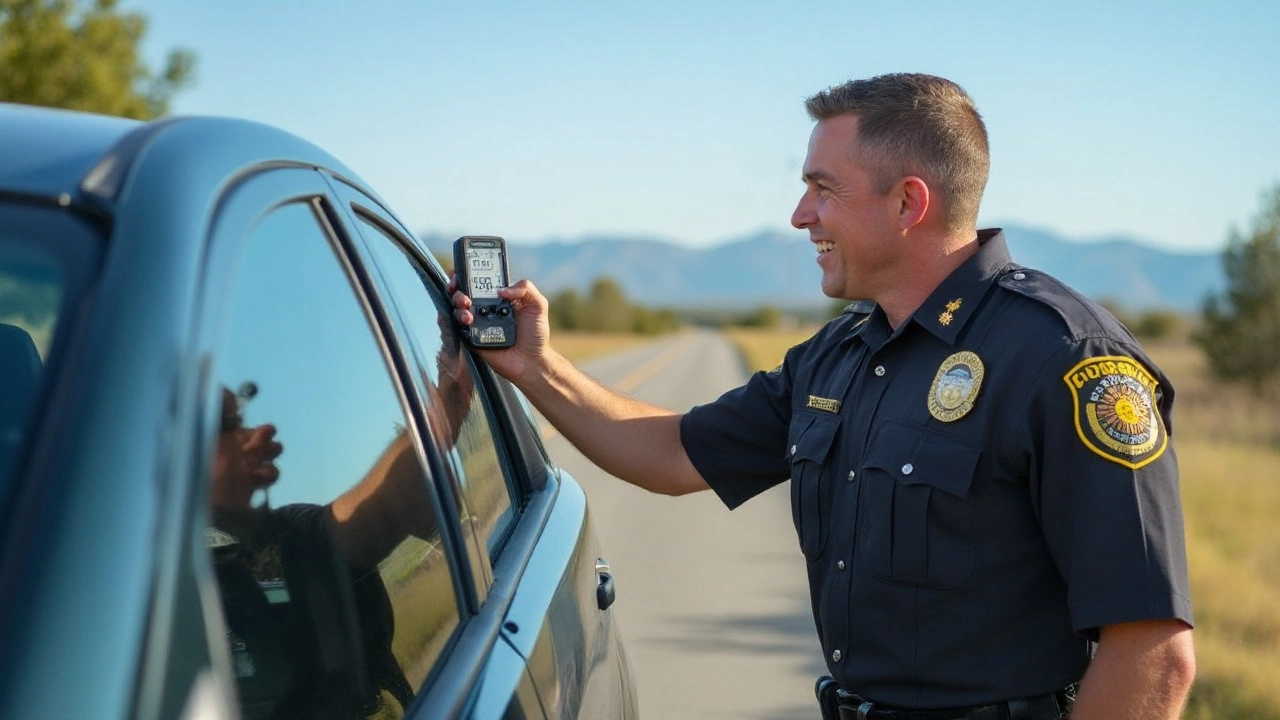Colorado Tinting Laws: A Straightforward Guide
Thinking about tinting your car windows in Colorado? You’ll want to know the exact limits so you don’t get a ticket. The state sets clear rules about how dark the tint can be, and they differ for the front and rear windows. Below is the quick rundown you can follow without digging through legal jargon.
What the Law Allows
In Colorado, the front side windows (the driver’s and passenger’s windows) must let at least 35% of light in. That means the tint can’t be darker than a 35% VLT (Visible Light Transmission) rating. The rear windows and the back windshield can be much darker – there’s no specific VLT limit, but the tint can’t be so opaque that it blocks the driver’s view.
For the rear windshield, you can use a strip of clear, non‑tinted material at the top to keep it legal. Most shops install a 4‑inch strip, but any clear strip that maintains a visible view meets the code.
Another key point: the tint on the front side must not interfere with the vehicle’s safety features. If you have automatic headlights, very dark tint can cause them to stay on longer than needed, which could affect battery life.
How to Stay Safe and Avoid Fines
First, get a professional tint installer who uses a certified tint meter. The meter measures VLT accurately, so you know you’re within the 35% rule for the front windows. Ask for a copy of the measurement report – it’s handy if you ever get pulled over.
If you need darker tint for medical reasons (like glare sensitivity), Colorado allows an exemption with a doctor’s note. The note must be kept in the vehicle at all times. Make sure the note states the reason and the required VLT percentage.
When you’re on the road, keep the front windows clean. Dirt or scratches can make the tint appear darker, which might confuse an officer. Also, avoid aftermarket stickers that cover the windshield because they can be considered illegal if they reduce visibility.
If you get a ticket, the fine ranges from $75 to $100 for the first offense, and the court may order you to remove or replace the tint. Re‑tinting to the correct VLT is usually cheaper than paying repeated fines.
Bottom line: stick to a 35% VLT for front windows, keep a clear strip on the rear windshield, use a professional installer, and keep any medical paperwork handy. Follow these steps and you’ll enjoy the privacy and heat‑blocking benefits of tint without the hassle of tickets.
Discover the cost of tint tickets in Colorado and delve into the regulations surrounding window tinting in the state. We'll explore the factors that affect fees, and provide a clear overview of legal tint percentages. Learn about common misconceptions and avoid unnecessary fines with tips on maintaining compliance with Colorado's tinting laws.

